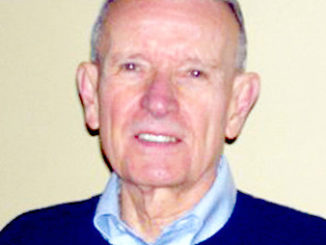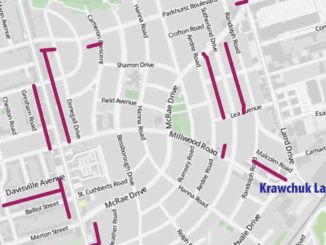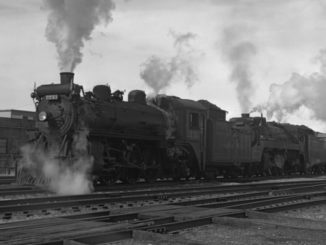
As many Leaside kids get ready to hit the books at Rolph Road Elementary School, they should take a moment to reflect on the street after which their school is named.
Rolph Road officially opened in 1938, and it then led to the naming of Rolph Road Public School, which was built on August 29, 1939, but, because of construction delays, did not open until September 29, 1939.
The school was named for Dr. John Rolph, one of the first lawyers in Upper Canada and founder of the Toronto School of Medicine. But, when Rolph Road School was built at 31 Rolph Rd., others thought it was named for Dr. Albert
H. Rolph, Medical Officer of Health for Leaside in 1913.
John Robert Rolph was born on March 4, 1795, Thornbury, England, where he studied medicine before emigrating to Canada. Here he studied law in 1821, attending court cases at Osgoode Hall in the mornings and attending his patients in the afternoons. In his saddlebags, he carried law books on one side and medical supplies on the other side of his horse.
The shortage of doctors was most apparent after the War of 1812, and as late as the end of the war in 1815, there were only 40 qualified doctors in York. As a result, hucksters used to tour the countryside selling “wonder medicines” from their wagons.
For this reason, Rolph tried to establish a medical school, which became known as the Toronto Medical School, later Victoria College of Medicine.
Organized medicine in Upper Canada (now the Province of Ontario) did not exist until 1824 when Dr. Charles Duncombe and Rolph first opened a small school of medicine in the city of St. Thomas, Ont. There were only 12 students, and Drs. Duncombe and Rolph were the only faculty members. Dr. Duncombe lectured on the theory and practice of medicine while Dr. Rolph devoted his lectures and demonstrations to the anatomy and physiology of the human body.
But this venture proved short-lived as John, something of a firebrand, became involved in politics and joined the Reformers during the 1837 Rebellion. He was opposed to the Family Compact and secretly associated with William Lyon Mackenzie. While taking part in the Rebellion, John Rolph was forced to flee to Rochester, New York to avoid suspicion. Luckily, he reached the home of one of his students where a horse had been hidden in the woods for him. Rolph rode to Queenston, and then fled across the border.
After being pardoned in 1843, John Rolph returned and resumed his medical school here, this time at his home at 10 Asquith Avenue. This school later joined Victoria University.
In 1856, the university bought the Rolph house, then located in Cobourg, Ont. John was dean of that new school, a post he held until his death in 1870.
According to one of his biographers, G. M. Craig, “Rolph’s own habitual secretiveness and the absence of adequate personal papers make it difficult now to draw a full and sympathetic portrait. But his contributions to the emerging reform movement in the 1820s and to medical education over a longer period will continue to be remembered, and the intricacies of his personality will continue to fascinate.”
Something to ponder as the kids walk into the doors of the school bearing the name of this complex figure.




